Easy Video and Microphone Set Up for Travel
Making a video can be tough enough, but if you're traveling or away from the office, it can be even more of a challenge. However, you shouldn't let the obstacles of not having access to all of your gear or being out of your regular recording environment stop you from making video away from the office. While there are unique challenges to video while on the road, with a little know-how and preparation your video creation experience can be smooth and relatively easy, whether you're shooting video of others or just of yourself.
Before going into practical tips, let's look at when and why you might create videos on the road.
One of the obvious reasons is that it might be the most convenient to create a video while you're traveling. You might also be at a location where it makes sense to create a video. This could include a customer's location, or at an event – ultimately someplace that you couldn't recreate.
You might also find when you're away from the office it's convenient to create a quick video to share information, report on a finding, or share an outcome. Whatever your reason for creating an off-site video, you'll want to be prepared.
Only pack what you need
It's hard enough to limit your routine travel items. Adding video equipment can add to the challenge. You will want to be careful to not pack too much gear. The weight alone can add up quickly and can make traveling uncomfortable and difficult. Of course, having one of the Best packing cubes in 2019 would be advantageous, seeing as it has these type of applications in mind. Just remember to keep things simple.
So what equipment is required? A camera. That's it.
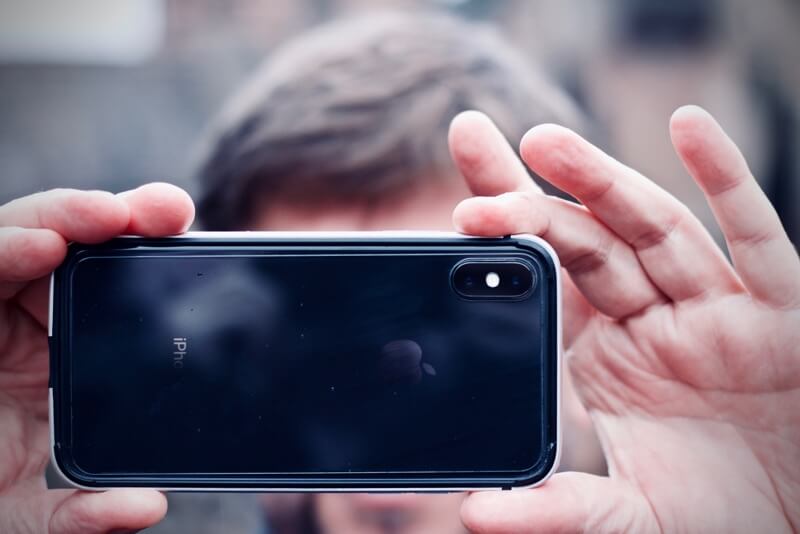
Okay, that's an oversimplification. But it's the most important piece of equipment to consider when you to create a video, and the bare minimum needed to get started. If we wanted to simplify more we could actually skip the camera and bring a smartphone instead, or even just record your screen with software (but more on that later). There is so much that can be done with a smartphone that, depending on your needs, it may be all you need. Check out Everything You Need to Know About Mobile Video Recording.
Smartphones are easy to carry, typically have good battery life, produce decent-quality footage, and are easy to operate. There are downsides, like lower-quality cameras, poor audio capture, and they don't always work well without enough light. But, in many instances, a quality smartphone may be all you need. Ultimately, choose the device that will be the most convenient for you, and meet the expectations of what you're creating.
Whether you bring a smartphone or a more powerful camera, recognize that both have unique limitations. Knowing these restraints will help you consider what else you might want to carry with you.
I have traveled on behalf of TechSmith, including trips to German and the United Kingdom. During these trips, I often carried a DSLR camera, a digital recorder, and a tripod. As much as I loved the quality the camera would give me, I did not like the extra heavy weight as I traveled to various locations. For much of the work, my smartphone would suffice almost in every instance and provide a high enough quality, with much less weight and hassle.
What video gear to bring while traveling
If you want to up your quality a little bit, here are a few things you might want to have with you:
A microphone
Highly Recommended.
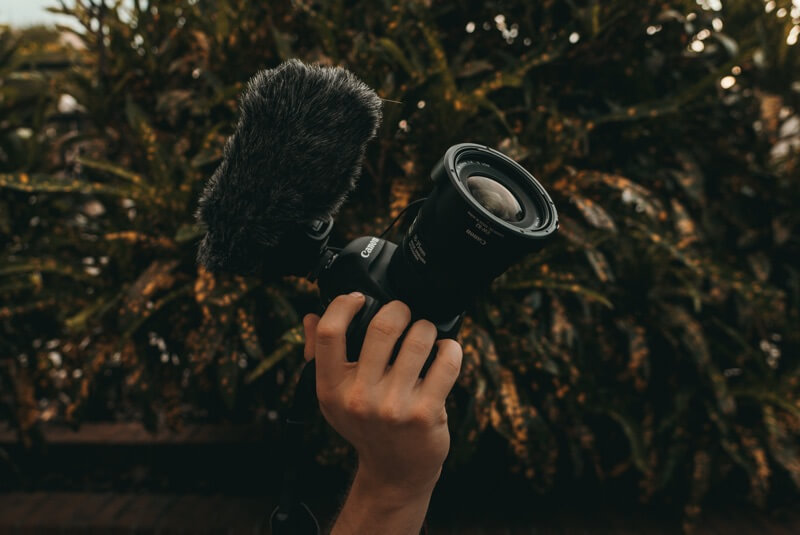
Depending on the camera you're using, the type of microphone you'll need may vary. Smartphones have specific microphones you can purchase that work well with them. If you're using a DSLR or other camera, you may be able to plug a camera directly into the device, which has the benefit of improving the audio recording quality and also eliminates the need to synch audio later.
Depending on the type of video you're making, you could use a lavalier (lapel) microphone or a shotgun-style mic. In either instance, you'll want to make sure the microphones are close to the speaker, to ensure they pick up the best audio fidelity.
Don't forget if you include a microphone on your packing list to bring the necessary cables, wind covers, clips, stands, and anything else required to use the mic.
For tips on improving your audio quality and what microphone to use in for different types of videos check out: Basics: Recording Audio In Your Environment.
Extra power
Highly Recommended.
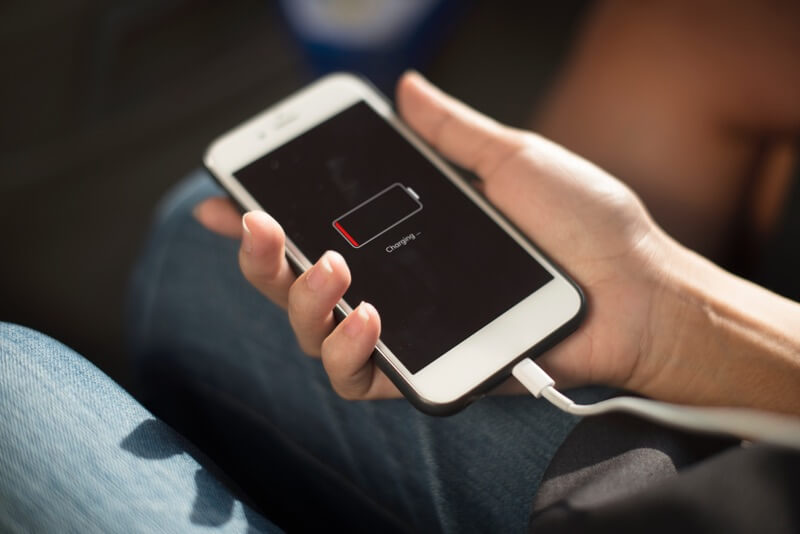
Once you start to record, the last thing you want to do is run out of power, mid-shoot. This includes on your camera, audio device, lights, and anything else you're using during your video shoot. Consider investing in extra batteries or an external battery pack for your devices. It won't add a lot of weight to throw a few extra batteries in your bag. While you're at it, you may want to bring any power cords or wired power sources to ensure your devices stay up and running.
Before you go on the road, test your devices. Know how much power you're going to use before actually recording. The last thing you want to find out mid-recording is that your battery dies thirty minutes into the recording, especially when you planned on at least an hour of battery life.
Extra storage
Highly Recommended.
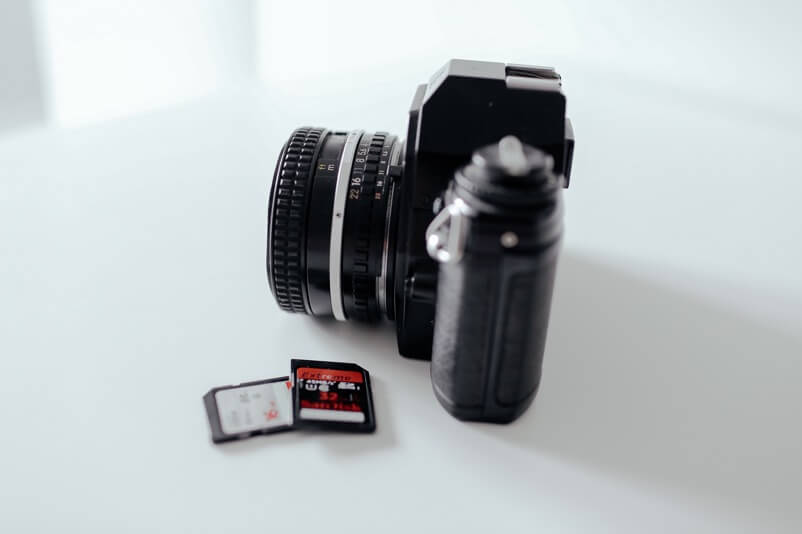
Video files tend to be large, and can quickly fill up the storage on any device or memory card. It's important to have extra storage available. For DSLR and other cameras, this might mean bringing additional memory cards. For mobile devices, it might not be convenient to add extra memory, so you should have a way to quickly and easily move files off the device to make room for new content.
Filling up the device is one problem; losing recordings is another. Memory cards can and do fail. Phones can get lost or broken. I'd recommend you back up any footage to a second location. This could be to an external hard drive, laptop, or another device.
A tripod
Recommended.
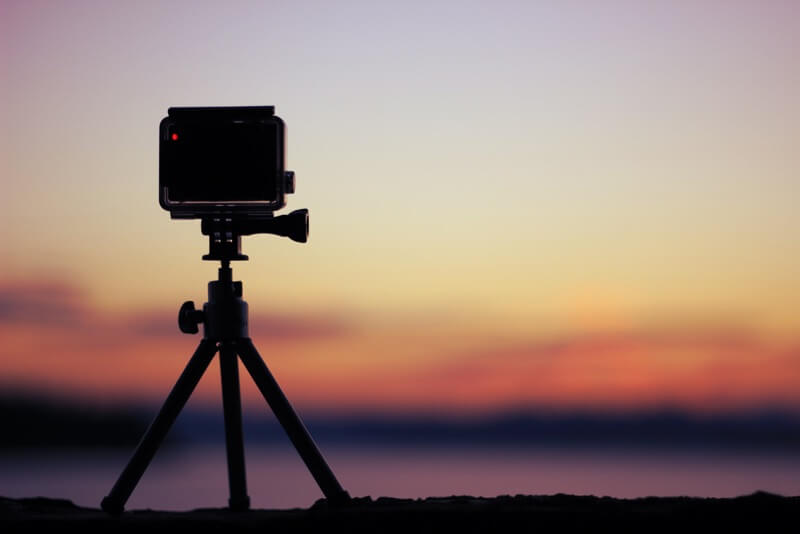
It's not a must-have, but can be really helpful. No one wants to watch a shaky video, whether it's someone you're interviewing or recording yourself. A tripod will help you stabilize your camera, which will give your audience an overall better quality and viewing experience. Tripods can be used to hold other equipment as well, like a separate audio recording device.
Tripods can be bulky and don't always fit well in standard luggage. You may want to find lightweight, smaller tripods that will not only fold down small but not add a lot of weight to your luggage. As a word of caution, watch out for tripods that wiggle or move around easily. The movement can cause unwanted shakiness in the recording footage.
Lighting
Only As Needed.
Good lighting can be essential to a production if you're trying to make a high-quality video. But when traveling, you may not have the ability or luxury to take lights with you. Depending on the types of lights you have, they can be difficult to move or to carry around. There is always the option of renting lights, but that can be expensive and add to the overall time needed to shoot. Ultimately, if you want to travel quick and light, it's best to leave your lighting at home.
On one trip, I was in Northern California, interviewing a Camtasia customer. And even though I didn't have lights, I was able to take advantage of the natural light in the space, to provide good quality video. In this case I was using two DSLR cameras, which gave me more flexibility in the amount of light, however, I remember walking into the space we were using for recording and immediately looking for windows and sources of lights. If you don't have lights, look for ways you can take advantage of or manipulate the space to create the best lighting.
For tips on lighting in a variety of situations, check out Basics: Lighting Your Video.
'No Camera Required' Videos
If you don't want to shoot a video with a camera while traveling you do have another option. If your information can be presented visually in slide format, like PowerPoint, or show off some part of your screen, you can always use a tool like Camtasia or Snagit to record your screen. You can either grab images from a stock image site, like TechSmith Assets for Camtasia, or build out the information in a slide deck with Keynote or Powerpoint.
Not only does this option remove the need for most equipment, but it's also something you can do without much worry about location.
You can learn more about recording a presentation here.
As for equipment, all you need is a computer, the content you are going to show on screen – like a PowerPoint presentation, charts, or software – and, preferably, a microphone. As simply as any other screen recording you might create in your office, you can create your recording. One challenge is that you'll want to be mindful of when and where you record your audio. It's probably not something you'll want to do on a plane. Besides the funny looks the other passengers might give you, the audio quality will also be poor. However, you should be able to record successfully in your hotel room, or an office location.
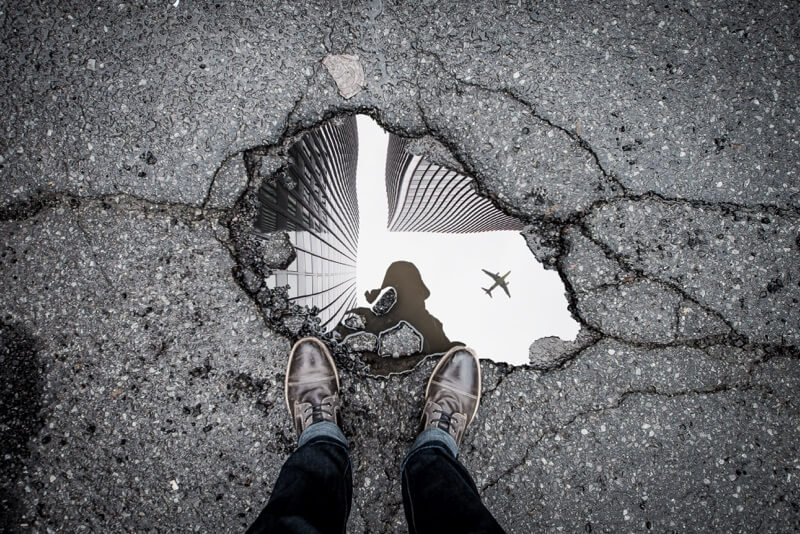
As you put your wheels down and head out on the road, don't feel discouraged or worried about getting out there and creating a video. Keep focused on your videos goals, work with the constraints you face, and do your best. With a little practice, you'll get better and more able to create videos wherever you go.
Source: https://www.techsmith.com/blog/shoot-a-video-while-traveling/
0 Response to "Easy Video and Microphone Set Up for Travel"
Post a Comment